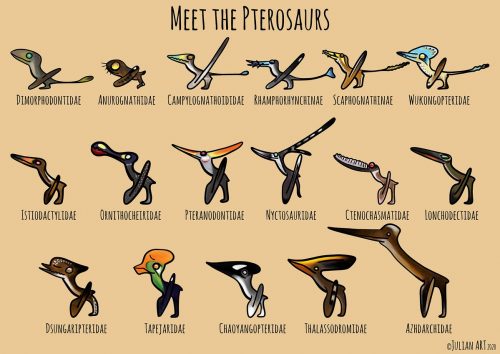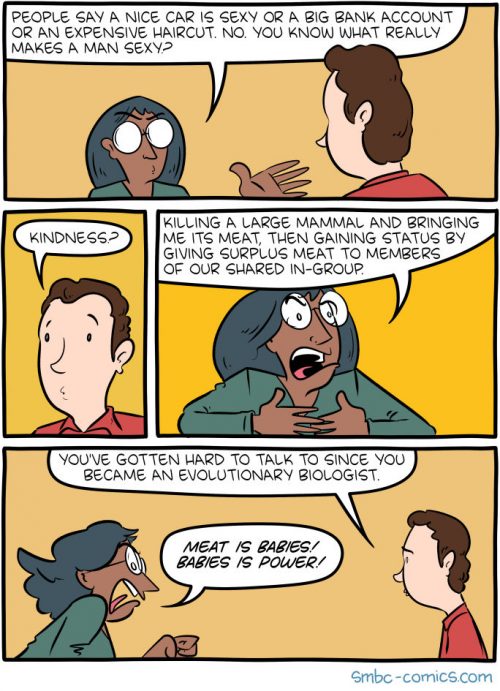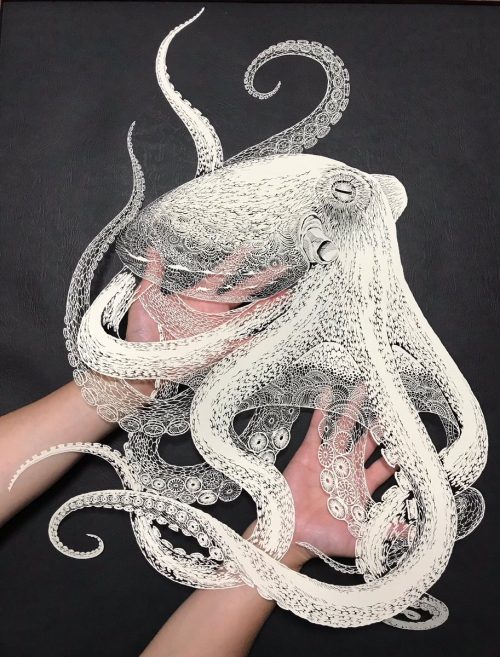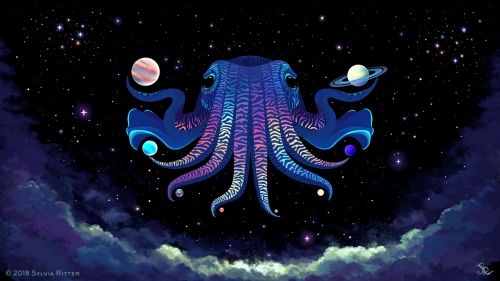And the poem doesn’t need to be pretty, you know.
my venom grows
every night, every morning
chokevine murderthoughts
thorn and strangle me:
the freedom to be kind, to forgive
to live and let live
all flayed away
I am a criminal in my own mind
I deserve my chains









